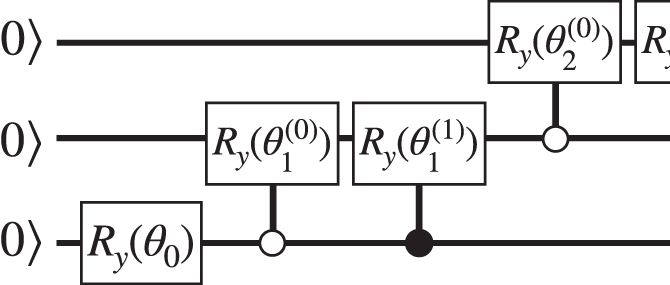The Irish Centre for High-End Computing (ICHEC) which delivers complex compute solutions to Irish HEAs, Enterprises and the Public Sector on behalf of the State, announced that it is leading a novel quantum simulation project in collaboration with partners at the Leibniz Supercomputing centre (LRZ) to develop quantum simulation tools for Europe’s largest supercomputers.
The project called QuantEx, is funded by the Partnership for Advanced Computing in Europe (PRACE). The ICHEC led research is being carried out under PRACE WP8 ‘Emerging Technologies’. This WP is specifically for developing solutions, in the form of software, to address challenges posed by the rapidly changing HPC pre-Exascale landscape.
QuantEx stands for “Efficient Quantum Circuit Simulation on Exascale Systems” and is part of the program to develop “Future-oriented Software Solutions”. The project started in January 2020 and will run until the end of 2021. It will require the computing power of SuperMUC-NG, currently the fastest supercomputer in the EU, as well as the Supercomputing capabilities of the three large pre-exascale machines that will be installed in Europe in the coming year in Barcelona (BSC), Finland (CSC) and Italy (CINECA) as part of EuroHPC which ICHEC is heavily involved in. These supercomputers will be used to test and optimise the tools and algorithms being developed by the QuantEx team. Quantum computers make use of fundamental quantum mechanical effects like superposition and entanglement, which are extremely short-lived and difficult to control for macroscopic systems made up of many qubits.
Quantum technology is just emerging from its infancy: Whereas experiments were previously limited to systems with only a handful of qubits, the first Noisy Intermediate Scale Quantum Systems (NISQ) are now emerging, which feature upwards of 50 qubits. Even the world’s largest supercomputers really struggle to fit the quantum states required to simulate such systems in memory. QuantEx aims to develop tools that require less compute and storage capacity but can still simulate the operation of NISQ devices. Tensor network contractions, mathematical methods developed by quantum information theorists and condensed matter physicists for evaluating systems of interacting particles, help here. For example, SuperMUC-NG can store in memory the full quantum state of a system with 42 qubits but with the same memory could simulate up to about 100 qubits for certain circuits thanks to tensor contraction networks.
Results of the simulations are expected by the end of 2021.

